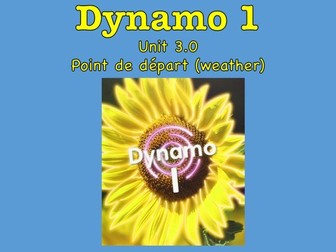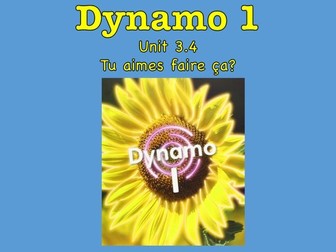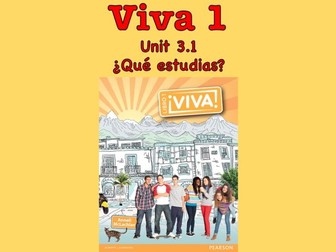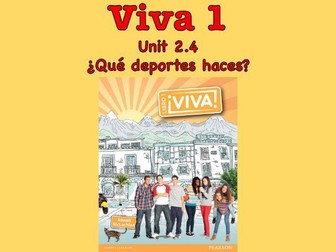Dynamo 1, Unit 3.0 - Point de départ (weather)
<code>PPT lesson based on Dynamo 1, Module 3 (point de départ) about weather and phonics.
</code>
<p>All main tasks have an extension activity to cater for the more able students.</p>
<p>STARTER: introduction to some French phonics using basic French words (neige, guitare, maison, etc). Students write down the vocab and try to guess the English translation using the pictures for support.</p>
<p>LANGUAGE INPUT: new vocab about the weather is introduced and practised. A sheet has been provided at the end of the PPT so that students can stick this into their books.</p>
<p>MINI-PLENARY - assessment for learning opportunity</p>
<p>ACTIVITY 1: listening task based on the weather vocab introduced at the start of the lesson. A transcript is provided for teachers who don’t have access to Active Learn.</p>
<p>ACTIVITY 2: more challenging listening task including seasons. Transcript provided.</p>
<p>MINI-PLENARY - assessment for learning opportunity</p>
<p>ACTIVITY 3: writing task differentiated by outcome (based on the mini-plenary). Students write a short paragraph including the information required by each level.</p>
<p>ACTIVITY 4: speaking task where students need to link the weather phrases to a verb in the present tense (eg. <em>quand il fait beau, je joue au foot</em>).</p>
<p>FINAL PLENARY</p>




















